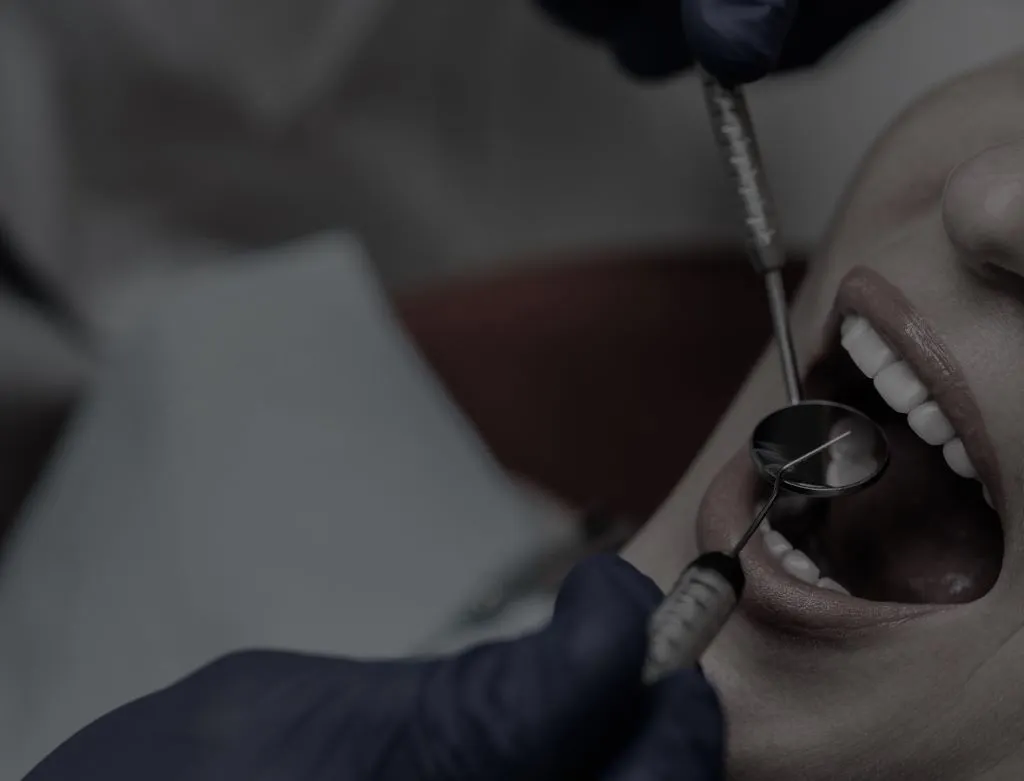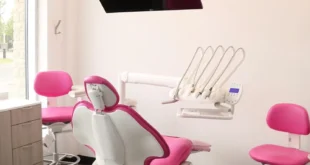White spots on the tongue, commonly known as «white tongue,» can be indicative of various underlying health issues. Let’s delve deeper into the possible causes, symptoms, diagnosis, and treatment options for this condition.
Common Causes of White Spots on the Tongue:
- Oral Thrush (Candidiasis): This fungal infection occurs due to an overgrowth of Candida yeast in the mouth. It often appears as creamy white patches on the tongue and inner cheeks.
- Leukoplakia: Leukoplakia causes thick, white patches to develop on the tongue’s surface. It’s often associated with tobacco use, irritation from rough teeth, or ill-fitting dentures.
- Oral Lichen Planus: This chronic inflammatory condition can affect the mucous membranes inside the mouth, leading to the formation of white, lacy patches on the tongue, cheeks, and gums.
- Oral Cancer: White patches or sores that fail to heal could be early signs of oral cancer. Although less common, they require prompt medical evaluation.
- Oral Herpes (Cold Sores): The herpes simplex virus (HSV) can cause painful, fluid-filled blisters on the tongue and lips, which may appear white or yellowish before rupturing.
Symptoms Associated with White Spots on the Tongue:
- Pain or Discomfort: White spots accompanied by pain or discomfort may indicate an underlying infection or irritation.
- Changes in Taste: Some individuals may experience alterations in taste perception or a persistent metallic taste in the mouth.
- Difficulty Swallowing: White patches that interfere with swallowing or cause throat discomfort may signal a more serious condition.
- Bad Breath (Halitosis): Chronic bad breath, also known as halitosis, can be a symptom of oral thrush, oral lichen planus, or other oral health issues.
- Visible White Patches: The appearance of white patches or spots on the tongue, which may vary in size and texture, is the most obvious symptom of this condition.
Diagnosis:
Diagnosing the underlying cause of white spots on the tongue often involves a comprehensive examination by a healthcare professional or dentist. This may include:
- Visual inspection of the oral cavity
- Medical history review, including any recent changes in oral hygiene habits
- Biopsy or swab culture to identify fungal or bacterial infections
- Imaging tests, such as X-rays or CT scans, to evaluate underlying tissue abnormalities
Treatment Options:
Treatment for white spots on the tongue depends on the underlying cause and may include:
- Antifungal medications, such as oral or topical antifungal agents, for oral thrush
- Removal of irritants, such as tobacco products or ill-fitting dentures, in cases of leukoplakia
- Corticosteroids or other anti-inflammatory medications for oral lichen planus
- Surgical excision or laser therapy for precancerous or cancerous lesions
- Antiviral medications or topical treatments for oral herpes outbreaks
Prevention:
Preventive measures to reduce the risk of developing white spots on the tongue include:
- Maintaining good oral hygiene practices, including regular brushing, flossing, and tongue scraping
- Avoiding tobacco products and excessive alcohol consumption
- Eating a balanced diet rich in fruits, vegetables, and whole grains
- Seeking prompt medical attention for any persistent oral lesions or symptoms
When to See a Doctor:
It’s essential to consult a healthcare professional or dentist if you experience:
- Persistent white patches or spots on the tongue that fail to resolve
- Pain, discomfort, or difficulty swallowing associated with white tongue lesions
- Any other concerning symptoms, such as bleeding, changes in taste, or unexplained weight loss
 Tu Auto En Calgary
Tu Auto En Calgary




